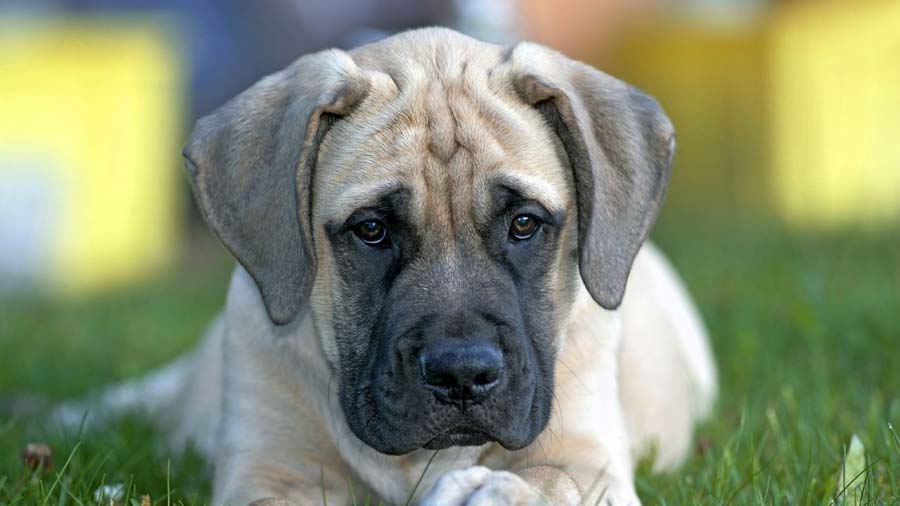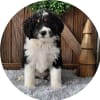English Mastiff Puppies

The Loving and Devoted English Mastiff
The English Mastiff is one of the world's largest dog breeds. Large-boned and strong, this enormous dog has a noble, loving and devoted demeanor. There's nothing aggressive about Mastiffs, which makes them wonderful family pets. These brave, yet well-behaved canines can fit well with most families.
English Mastiff At a Glance




English Mastiff At a Glance
- Size: 28"-30", 170-190 lbs.
- Lifespan: 6-12 years
- Energy Level: medium
- Coat: Short and flat, with thickest hair over neck and shoulders
- Shedding: moderate
- Hypoallergenic: No
- Dog Group: Working
- Common Nicknames:
English Mastiff Breed Guide
Learn More About English Mastiffs


